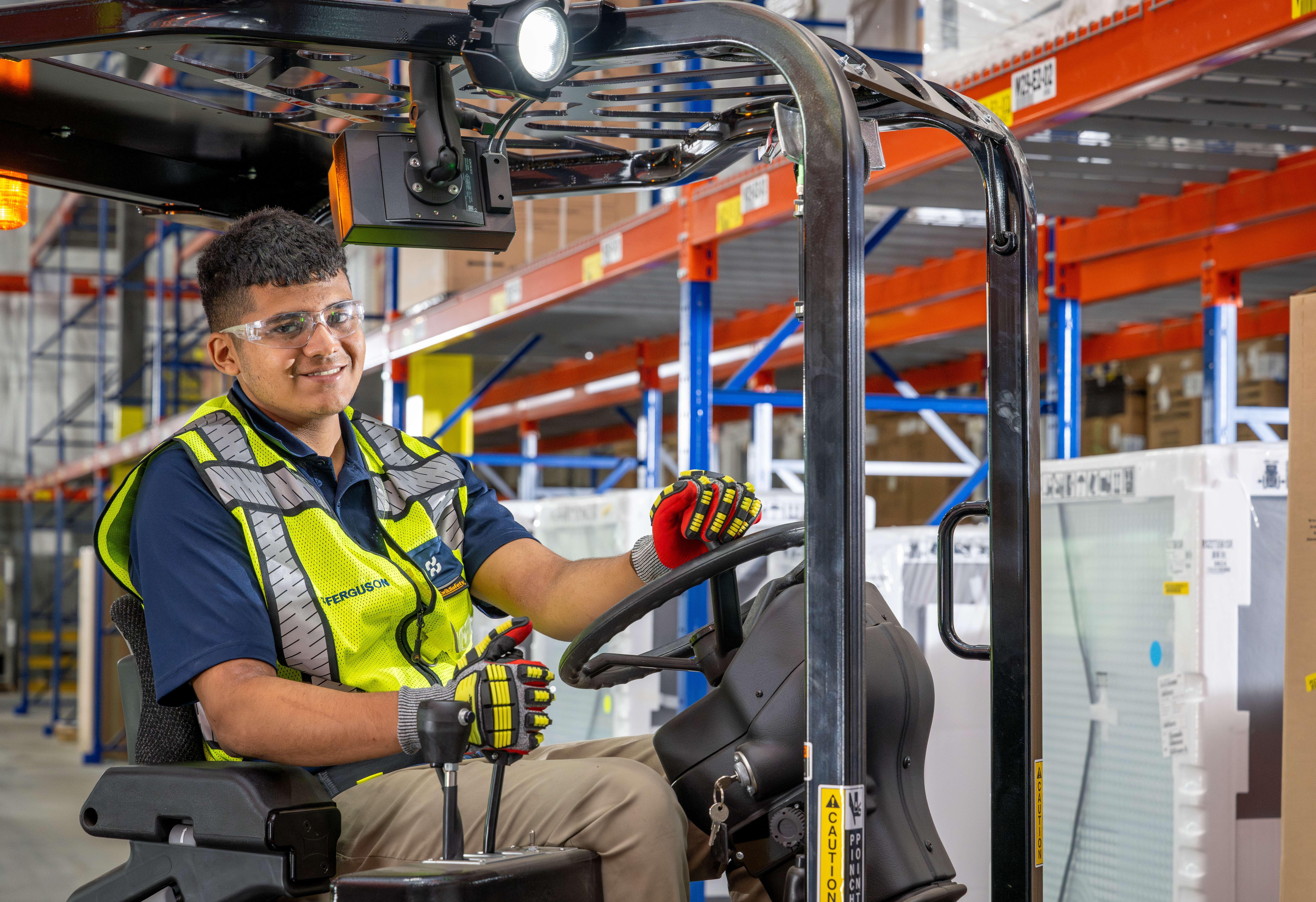Safety Matters
Explore articles on workplace safety from the pros at Ferguson.For trade professionals across every industry, workplace safety should be a top priority. Whether you work on a construction site or manage a facility, there are a variety of hazards that threaten the health and wellbeing of workers. Read workplace safety articles featuring tips for reducing hazards on the job and see what you can do to minimize the risk of work-related injuries.
